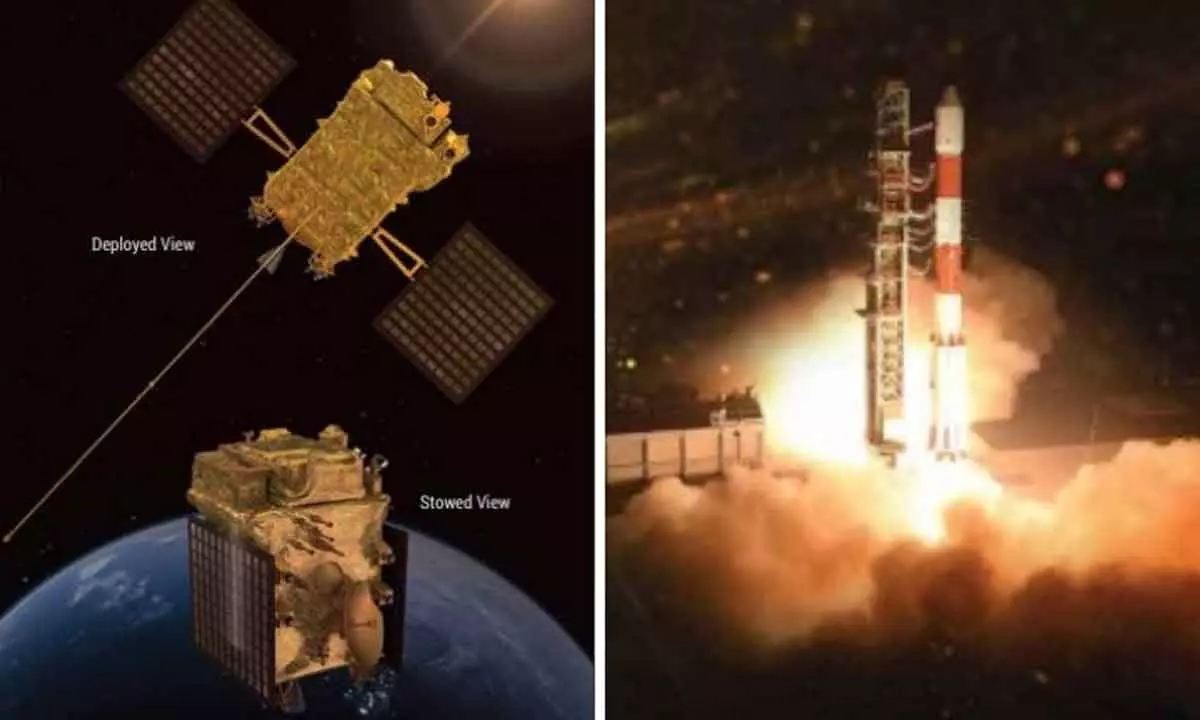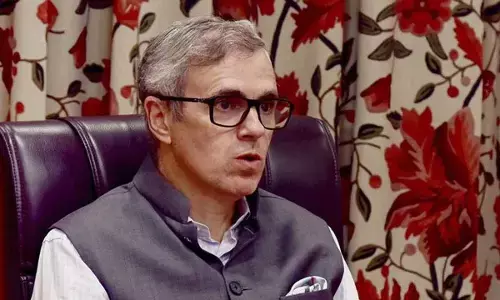Aditya L1 Mission: All about ISRO spacecraft technology and seven payloads

To achieve its mission objectives, ISRO's Aditya L1 spacecraft is equipped with innovative technology and a wide array of sensors that will help conduct various studies of the Sun during its nearly five-year mission.
Following the historic success of Chandrayaan-3, the Indian Space Research Organization (ISRO) is ready to embark on another momentous mission, this time to the Sun. The mission, named Aditya L1, will take off from Launch Pad 2 of the Satish Dhawan Space Center in Sriharikota today, September 2. It is India's first space observatory-class solar mission that aims to unravel the mysteries of the Sun, such as the cause behind Coronal Mass Ejections (CMEs), solar flares, solar weather and more.
To achieve all these goals, the Aditya L1 spacecraft is equipped with innovative technology and a wide range of sensors that will help perform various studies of the Sun from the first Lagrange point (L1) of the Sun-Earth system during its nearly five years of mission.
Aditya L1 Spacecraft Technology
As per ISRO, Aditya L1 is carrying seven payloads to study the Sun's photosphere, chromosphere and coronal layer, which will be done using electromagnetic and particle directors. While four payloads will be directly oriented at the Sun, the other three will perform in situ analysis from L1 of solar particles and solar fields. The payloads will help scientists better understand solar weather dynamics, coronal heating issues, pre-flare and flare activities, and more.
The seven payloads are Visible Emission Line Coronagraph (VELC), Solar Ultra-violet Imaging Telescope (SUIT), Solar Low Energy X-ray Spectrometer (SoLEXS), High Energy L1 Orbiting X-ray Spectrometer (HEL1OS), Aditya Solar wind Particle EXperiment (ASPEX), Plasma Analyser Package for Aditya (PAPA), and Magnetometer (MAG).
1. Visible Emission Line Coronagraph (VELC): This payload, jointly developed by ISRO and the Indian Institute of Astrophysics in Bengaluru, will study the behaviour of coronal mass ejections and the solar corona.
2. Solar-Ultraviolet Imaging Telescope (SUIT): The Solar Ultraviolet Imaging Telescope will measure solar irradiance in the near ultraviolet (UV) by imaging the solar chromosphere and photosphere in the near ultraviolet. ISRO has developed SUIT in collaboration with the Pune Interuniversity Center for Astronomy and Astrophysics.
3. Solar Low Energy X-ray Spectrometer (SoLEXS) and L1 High Energy Orbiting X-ray Spectrometer (HEL1OS): The SoLEXS and HEL1OS payloads have been developed at the U R Rao Satellite Center in Bengaluru. These payloads will study X-ray flares emitted by the Sun over a wide range of X-ray energy.
4. Aditya Solar Wind Particle Experiment (ASPEX) and Plasma Analyzer Package for Aditya (PAPA): The ASPEX and PAPA payloads are designed to analyze solar winds, their energetic ions, and their energy distribution. ASPEX was developed at the Ahmedabad Physical Research Laboratory, while PAPA was developed at the Space Physics Laboratory of the Vikram Sarabhai Space Center in Thiruvananthapuram.
5. Magnetometer (MAG): The magnetometer, developed by the Bengaluru Electro-Optical Systems Laboratory, will study and measure interplanetary magnetic fields at the Lagrange 1 (L1) point.
All of these payloads will help conduct experiments on the ground, and help scientists unlock the mystery of the Sun.















